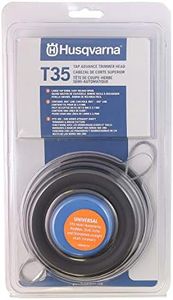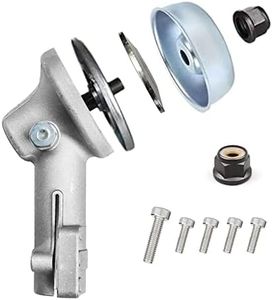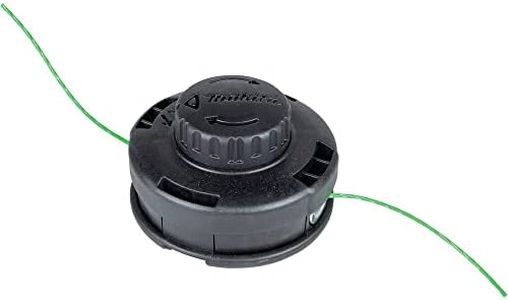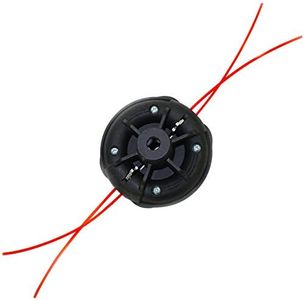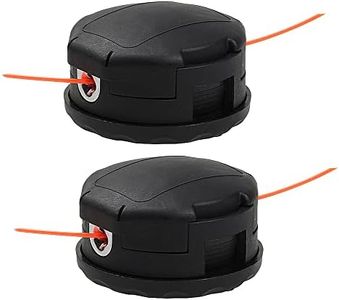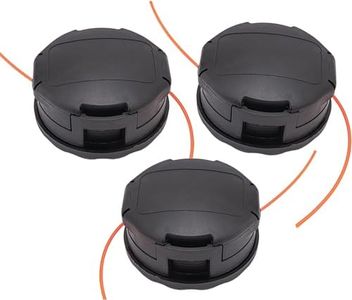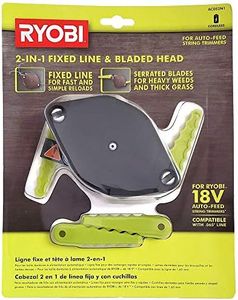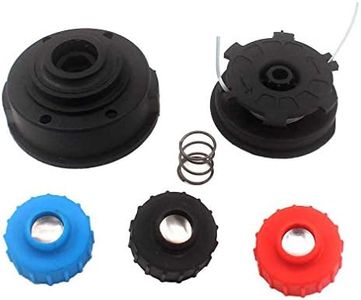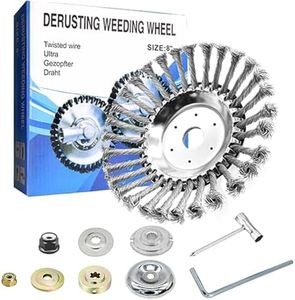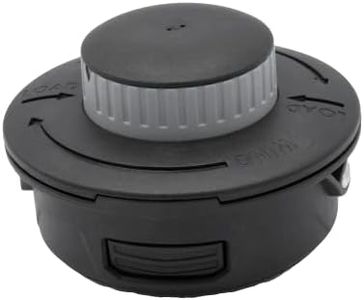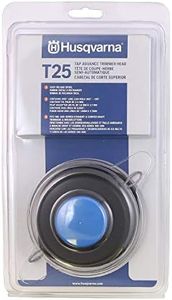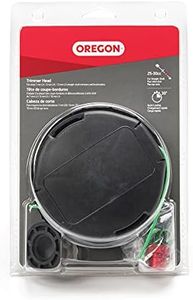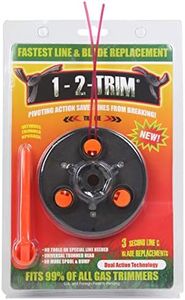We Use CookiesWe use cookies to enhance the security, performance,
functionality and for analytical and promotional activities. By continuing to browse this site you
are agreeing to our privacy policy
10 Best Weed Eater Heads
From leading brands and best sellers available on the web.Buying Guide for the Best Weed Eater Heads
Choosing the right weed eater head can make maintaining your yard much easier and more effective. The 'head' is the part of your trimmer that actually does the cutting, and picking the right one depends a lot on your lawn's needs, the type of weeds or grass you have, and how much effort you want to put into maintenance. Before purchasing, it's important to think about what kind of trimming you do most often and what features will save you time and hassle. Doing a bit of research into the different options will help you make a choice that leaves your yard looking its best with less struggle.Head TypeThe head type refers to the design of the cutting head and determines how you load and use the trimmer line. There are three main types: bump feed, automatic feed, and fixed head. Bump feed heads release more line when you bump the head on the ground and allow for more control over how much line you use, which is great for people who like to adjust on the go. Automatic feed heads dispense line automatically without you having to stop, which is more convenient if you prefer continuous cutting, but sometimes can waste more line. Fixed heads require you to manually insert short lengths of line, which is easy to reload and makes them ideal if you prefer less fiddling, especially for shorter jobs. Picking the right one comes down to how much control you want and whether you prefer speed or the ability to adjust as you work.
Line Capacity and ThicknessLine capacity is about how much cutting line the head can hold, while line thickness is about how heavy-duty the line is. A higher line capacity means less frequent reloading, helpful for bigger yards or longer sessions; however, larger heads can add weight. Line thickness generally ranges from light-duty (about 0.065 inches) to heavy-duty (over 0.095 inches). Thinner lines work well for light grass, while thicker lines handle tough weeds and thicker growth better but may require a stronger trimmer. Consider what type of vegetation you usually trim: choose thinner line for light work and a higher capacity, or thicker line for tackling tougher areas.
CompatibilityNot every weed-eater head fits every trimmer, so compatibility means making sure the head you pick will actually work with your trimmer brand and model. Heads often come with adapters or are made for specific shaft styles (straight or curved). Always check the connection type and manufacturer’s compatibility list before buying. If you’re unsure, bring your trimmer details when shopping or check with the store to avoid getting a head that won’t fit your equipment.
Material and DurabilityThe material of the trimmer head affects how long it lasts and how well it stands up to regular use. Most heads are made from heavy-duty plastic, metal, or a combination. Metal components add strength and long-term durability, especially for heavy or frequent use. Plastic heads are lighter and may be sufficient for smaller, infrequent jobs. If your yard has lots of obstacles like rocks or fences, investing in a more durable head will pay off in fewer replacements.
Ease of ReloadingReloading refers to how simple it is to replace or add new trimmer line. Some heads use simple 'feed-and-twist' or quick-load designs that let you reload line in seconds, while others require more steps or tools. If you value convenience and don't want to spend a lot of time fiddling, look for a head with easy line loading. For those who don’t mind taking time or only need it occasionally, reloading complexity may not matter as much.
